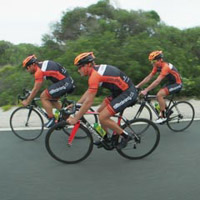
PRINCIPLES OF RIDING IN A GROUP
When riding in a group of two riders or more, some simple principles apply and should be strictly followed by every member of the group. This makes the group more compact and effective.
The main purpose of riding in a group is to boost the aerodynamic effect of riding in the slipstream. With good cooperation, we can save a lot of energy and ride long distances at higher speeds than an individual would never be able to achieve.
RIDING IN A LINE
When there is a lower number of riders they ride in a line. The faster the rider in the lead goes, the more energy the other riders in their slipstream save. The more coordinated the group, the faster and more constant the ride. It is very important to take regular turns. Weaker riders will spend less time in the lead or, if they are tired, they can stay hidden in the slipstream all the time. This technique enables riders of different fitness levels to ride together.
The ideal distance between the back and front wheels is about a half a metre, a distance that still provides the rider behind with enough time to react to an unexpected change of speed or direction. We should never brake when riding in a group as we risk being crashed into by the rider behind. If the situation does not appear completely safe, we should ride to the side.
The rider in the lead should stay in an aerodynamic position, holding the bars at the drops, and keep pedalling. Changing order should only be done when the situation is clear and safe.
RIDING IN PAIRS
Two riders next to each other is a popular formation in larger groups. This makes conversation with the rider next to you possible, ideal during long rides. It is important the keep the same pace when riding at the head of the group so the other riders are able to form two regular lines. When the leading riders change order, they move to the sides to form a gate through which the next pair rides, keeping the same speed.
CROSSWINDS
With the exception of tailwinds, wind is the cyclist’s greatest enemy. When riding in a group, it is possible to significantly eliminate the influence of the wind. Cyclists hide from crosswinds using the domino style. If the crosswind is coming from the left, the leading rider rides next to the centre line of the road and other riders form a line across the road.
HEADWINDS
In the event of a headwind, it is important to reduce the time we spend in the lead and make the most of riding in the slipstream. We select a lower gear to keep up a higher cadence.
 Road Bike Riding Technique Next lesson
Road Bike Riding Technique Next lesson Race skills
Race skills
Previous lesson Hand signals and gestures
Hand signals and gestures

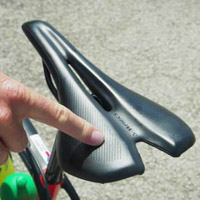
How to set up a road bike
Lesson 1
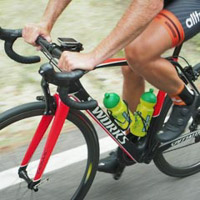
Body position and suitable road tire pressure
Lesson 2
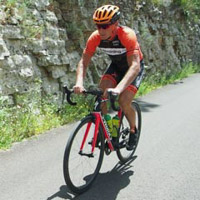
The right road bike shifting and pedalling technique
Lesson 3
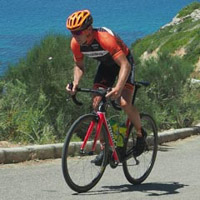
Road bike climbing tips
Lesson 4
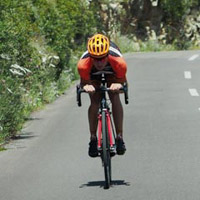
Going downhill safely on a road bike
Lesson 5
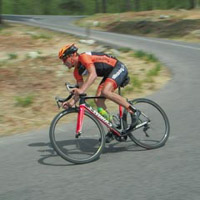
The right way to get through corners
Lesson 6
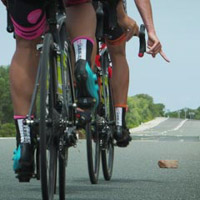
Hand signals and gestures
Lesson 7

Race skills
Lesson 9
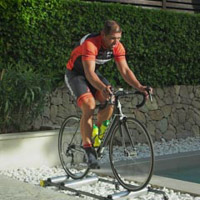
Riding in unstable conditions
Lesson 10








